Endlessly boring meetings. Frustrating clients. Work that seems to pile up endlessly and never get done. There’s plenty of reasons to dislike work, but the state of stressful, near-constant distraction tops the list for many.
Compare that to the state of flow, described by psychologist Mihaly Csikszentmihalyi. The state when the outside world fades away and you’re completely absorbed in your task. It’s neither frustrating, nor boring. Time melts away and you get a ton of work done effortlessly.
This state of flow is great for your productivity, but also for your sense of well-being. Flow, Csikszentmihalyi argues, is a key ingredient to your happiness. Experience it more, and you’ll be happier at work and in life.
More than promotions, accolades and fancy titles, how happy you are at work will depend greatly on how much of your time you spend in flow.
Therefore, if you want to enjoy your work more, you need to engineer a flow state, even if it isn’t the default.
How to Reach Flow
The major component of flow is simply difficulty. Flow occupies a relatively narrow range of task difficulty.
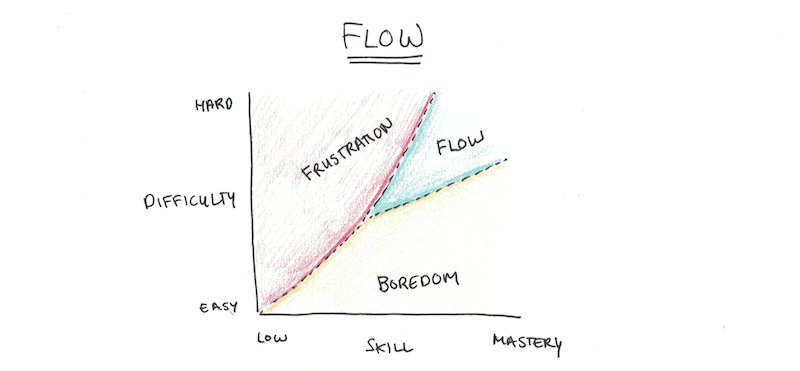
Too hard, and you’ll be interrupted constantly by frustration. Little jolts of negative feedback from the task will give you an urge to quit, or take you out of the moment. If the difficulty is too high, every movement forward in your work will require immense effort.
Too easy, and you’ll be bored. Flow requires that your complete attention be focused on the task. Once your mind feels like it can do the task in the background, without full concentration, your default mode network starts to turn on. This system in the brain comes on when you have nothing else to think about, and is responsible for day dreaming and random thoughts.
Therefore, to achieve flow in your work you need to find the right spot between frustrating and boring. Sharpen your mind, but grind it too much and it will start to break.
How to Adjust the Difficulty of Tasks You Don’t Choose
This range of difficulty seems to present a problem for finding flow at work. Unlike things you do for fun, work tasks are rarely chosen for being of optimal difficulty. Instead your day is likely full of all sorts of tasks, some boring and repetitive, others frustrating and painful.
While getting to the optimal flow is not possible 100% of the time, you can adjust your frustrating tasks to be a little easier (at least psychologically) and make your boring tasks a little more interesting. Even if you only do this a little bit, the amount you end up spending in flow will be much higher.
How to Make Frustrating Tasks Easier
There’s a few ways you can take a task that is frustrating or unpleasant and make it easier (and thus more likely to produce flow):
1. Slow it down.
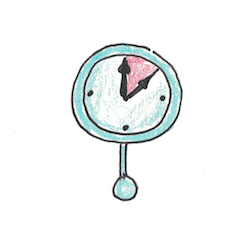
Sometimes the frustration isn’t inherent to the task, but to your task expectations. If you’re expecting yourself to write a thousand words every hour on a big report, but you’re dragging, maybe your expectations are simply too high.
Slowing down your work, especially at the initiation of a task, can often reduce the frustration enough to start slipping into flow.
2. Break it up.
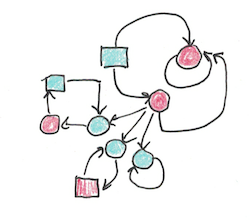
Task complexity can make something more frustrating, even if the individual components are not terribly difficult on their own. Creating a marketing plan for a new product is daunting. But individual tasks like deciding on the color, name, font choice, etc.. are simpler and easier.
Many tasks are frustrating because we attack them as cohesive wholes, rather than stepping back, dissolving them into more manageable sub-tasks and taking each on on its own.
3. Lower your quality.
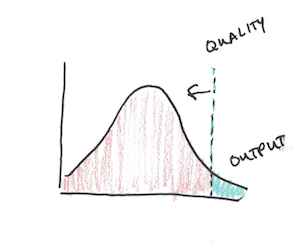
This one sounds bad, but it’s really not. Perfectionism, especially the idea that you’ll make no mistakes or produce fantastic work your first try, can impede flow. This is because every attempt you make to get started is ruthlessly criticized by the part of your brain that evaluates your output.
The key to achieving flow, therefore, is to lower your standards temporarily to get the faucet running. Once you have a good flow going and have output some work, you can give yourself a separate time to go back and reevaluate it for quality.
How to Make Boring Tasks More Interesting
The second part of flow, however, actually involves making easy tasks harder. Boring work is work that is almost impossible to focus on because your motor routines have made it so that it doesn’t occupy much mental space.
This is what is so hard about mindfulness meditation. Just breathing is very hard to achieve a state of flow because your mind already has minimal cognitive routines that automate this action. Therefore, you tend to start daydreaming spontaneously when you don’t have something harder to do.
Here’s a few things you can do to make boring tasks more engaging and thus more conducive to flow:
1. Up your game.

Just as lowering expectations helped with frustration, increasing them helps with boredom. Even a slight increase in standards is often enough to make your focus sharper.
I used to work as a lifeguard, and watching all the swimmers can often be an incredibly boring task. One way to make it more engaging is to play a game—see if you can mentally focus on each person in the pool (say there are 25) in one minute. Make a cycle of it and see that you don’t miss anyone.
2. Raise the stakes.

Arousal (in the general, not sexual, variety) is a major determinant of focus. Since flow is based on a state of focus, then being under-aroused due to lack of sleep or interest, can lead to boredom spontaneously by preventing you from maintaining a sharp focus.
A simple way to increase arousal is simply to make the stakes higher for whatever you’re doing. If you have a boring task, measure your performance and keep track of it as you go. Top scores in video games can compel interest, even if you’ve long mastered the core skills.
3. Do it differently.

Motor routines tend to automate routine actions and procedures. Not only physical actions, like in sports, but even mental work can often become automated in this way. Think about typing in your PIN code for your bank, this is more a muscle memory of your fingers now than a conscious recollection of the digits.
Similarly, if you change up your explicit strategy, removing the ability to do it by rote, you can increase engagement. Most tasks have multiple variations for how they can be performed, so explicitly doing it a little differently can often lead to greater engagement.
Flow and Happiness
Obviously there’s more to whether you like your job than simply being in a flow state. Toxic work cultures, bullying bosses, lack of recognition and terrible schedules all contribute.
Yet, flow remains an underrated aspect of our happiness at work. Engineering flow may not solve all problems, but it’s a good start in the right direction!

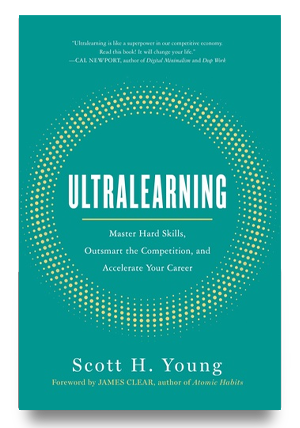
 I'm a Wall Street Journal bestselling author, podcast host, computer programmer and an avid reader. Since 2006, I've published weekly essays on this website to help people like you learn and think better. My work has been featured in The New York Times, BBC, TEDx, Pocket, Business Insider and more. I don't promise I have all the answers, just a place to start.
I'm a Wall Street Journal bestselling author, podcast host, computer programmer and an avid reader. Since 2006, I've published weekly essays on this website to help people like you learn and think better. My work has been featured in The New York Times, BBC, TEDx, Pocket, Business Insider and more. I don't promise I have all the answers, just a place to start.